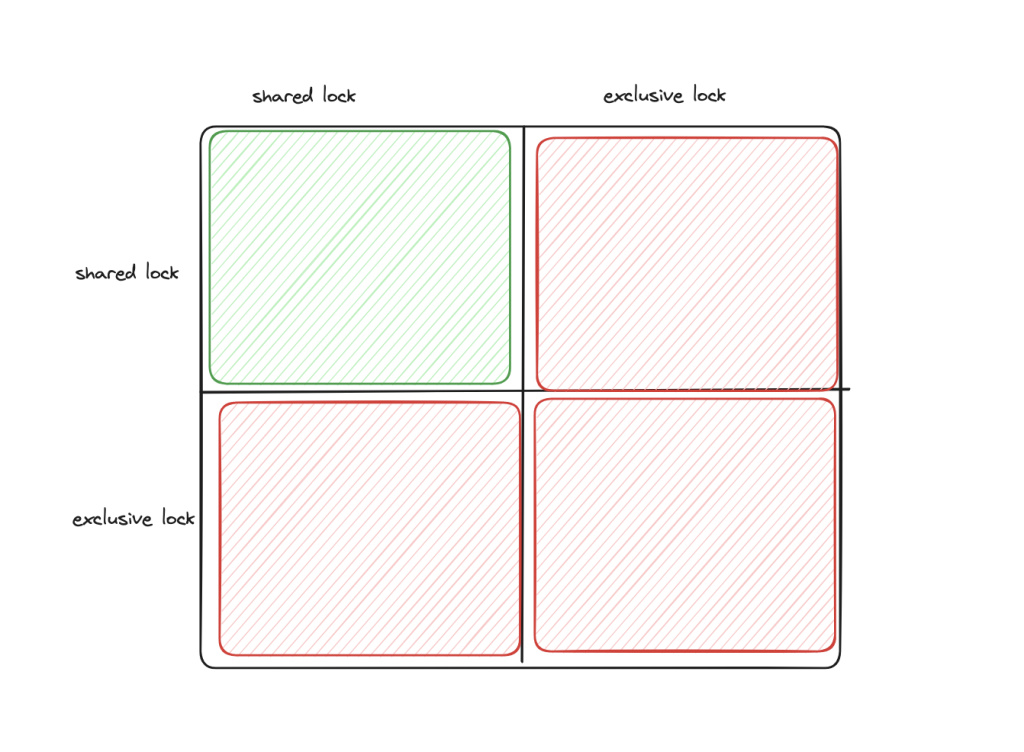JSON Web Tokens (JWTs) are cryptographically signed JSON objects. The crypto signing is what provides the trust guarantees since consumers of a JWT can verify the signature using a public key. Now there’s two types of JWT’s: stateful and stateless jwt’s.
Stateless JWT’s are probably the most common JWT. All the information needed by the application about an entity is contained in the JSON (username, role, email, etc). When a stateless JWT is transmitted in a request either via cookie or header, the application base64 decodes the JWT, verifies the signature and takes some sort of action.
Stateful JWT’s contain a reference to information about an entity that is stored on the server. This reference is typically a session ID that references a session record in storage. When this JWT is transmitted to the backend, the backend performs a lookup in storage to get the actual data about the entity.
There’s almost no good reason to use stateful JWT’s because they are inferior in almost every way to regular session tokens:
- Both session tokens (simple key-value string pair) and JWTs can be signed and verified by the server, but that whole process is simpler (and more battle-tested) with session key value pairs compared to JWT’s which involve an additional decoding step as well as plucking keys out of the decoded JSON for the verification step. Since most applications rely on third party JWT libraries to handle this (and they greatly vary in their implementation and security), this further increases the vulnerability of JWTs.
- Encoding a simple string in JSON adds additional space usage. There’s nothing to be gained from this extra space if you’re just transmitting a single value.
Stateless JWT’s from my experience are most commonly used in service-oriented and microservice architectures where there are some collection of backend services and frontend clients. There’s typically a central authentication service that talks to a database with user information. Client requests from the frontend are authenticated with this service and receive a JWT in return. They may also need to communicate with backend services that are behind access control, so they pass along the stateless JWT as a bearer token in an HTTP header. The backend service verifies the JWT and uses the claims information to make an authz decision.
The reason why this is a popular flow is that teams are able to act on the JWT without having to perform an additional lookup about the entity at a user service. They do have to verify the JWT, but they don’t need to maintain any additional state about the user or communicate with another service. This level of trust only works because JWT’s are digitally signed by an issuing party (in this case, the auth server). If clients are just passing plain JSON requests, there’s no way for services to verify the integrity of the information (has it been tampered with?) or the source (how can i be sure it’s issued by the auth server?).
jwt as session
One common argument against the use of stateless JWT’s is when they’re used as sessions. The application basically offloads session expiry mechanism entirely to the JWT. The two strongest arguments i know of against using jwt’s as sessions are around data freshness and invalidation.
If you’re using a stateless JWT as a session, the only way to really expire a JWT is to set a new JWT on a client with an expiry in the past or change the issuing key (which invalidates all sessions). Fully client-side cookie sessions have similar limitations around invalidation. Data freshness is another related issue – when invalidation is hard, so is updating. If you need to revoke permissions, you can’t really do that without updating the JWT. But again, you can’t do that if you’re relying on the client-side state of a JWT for session management.




